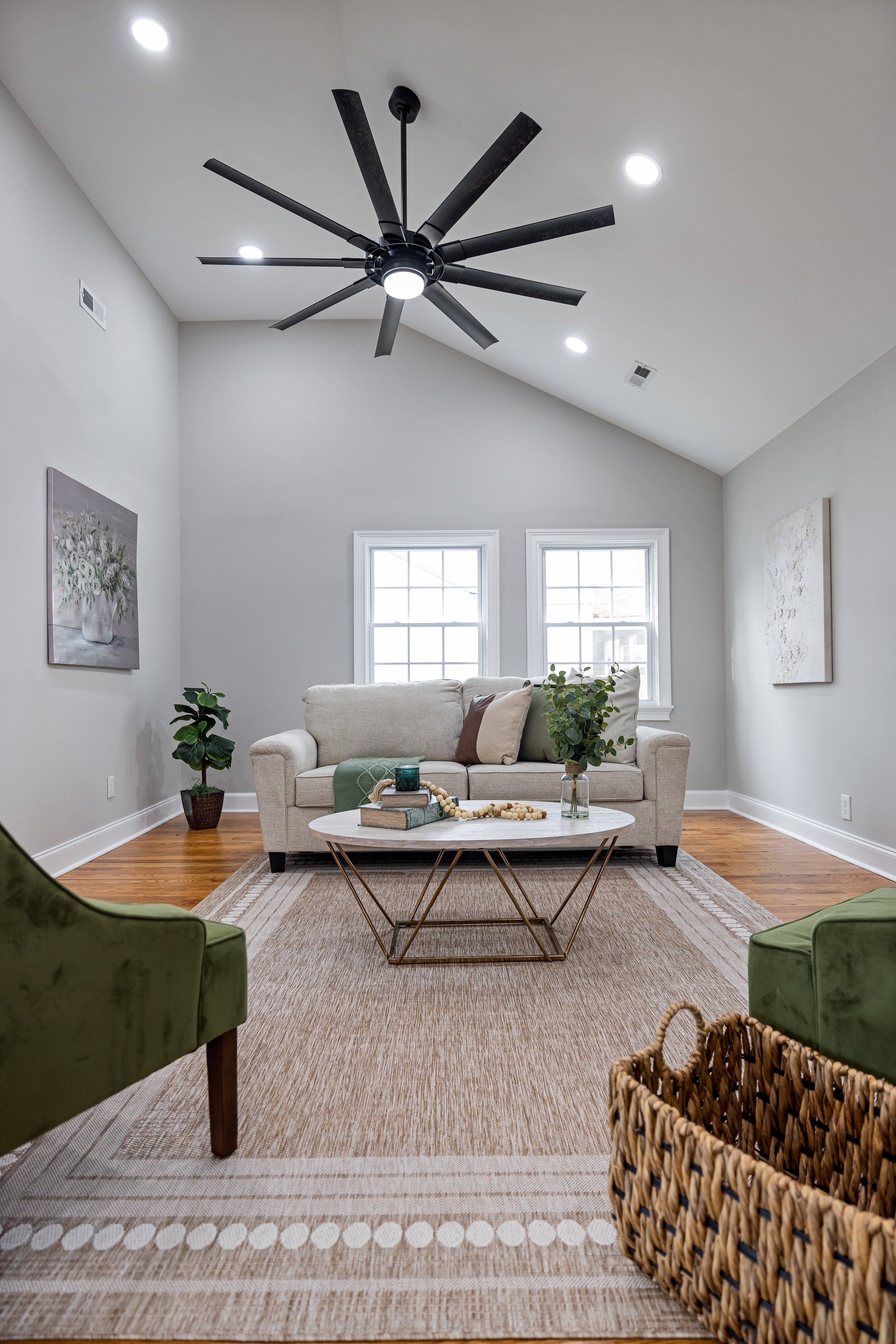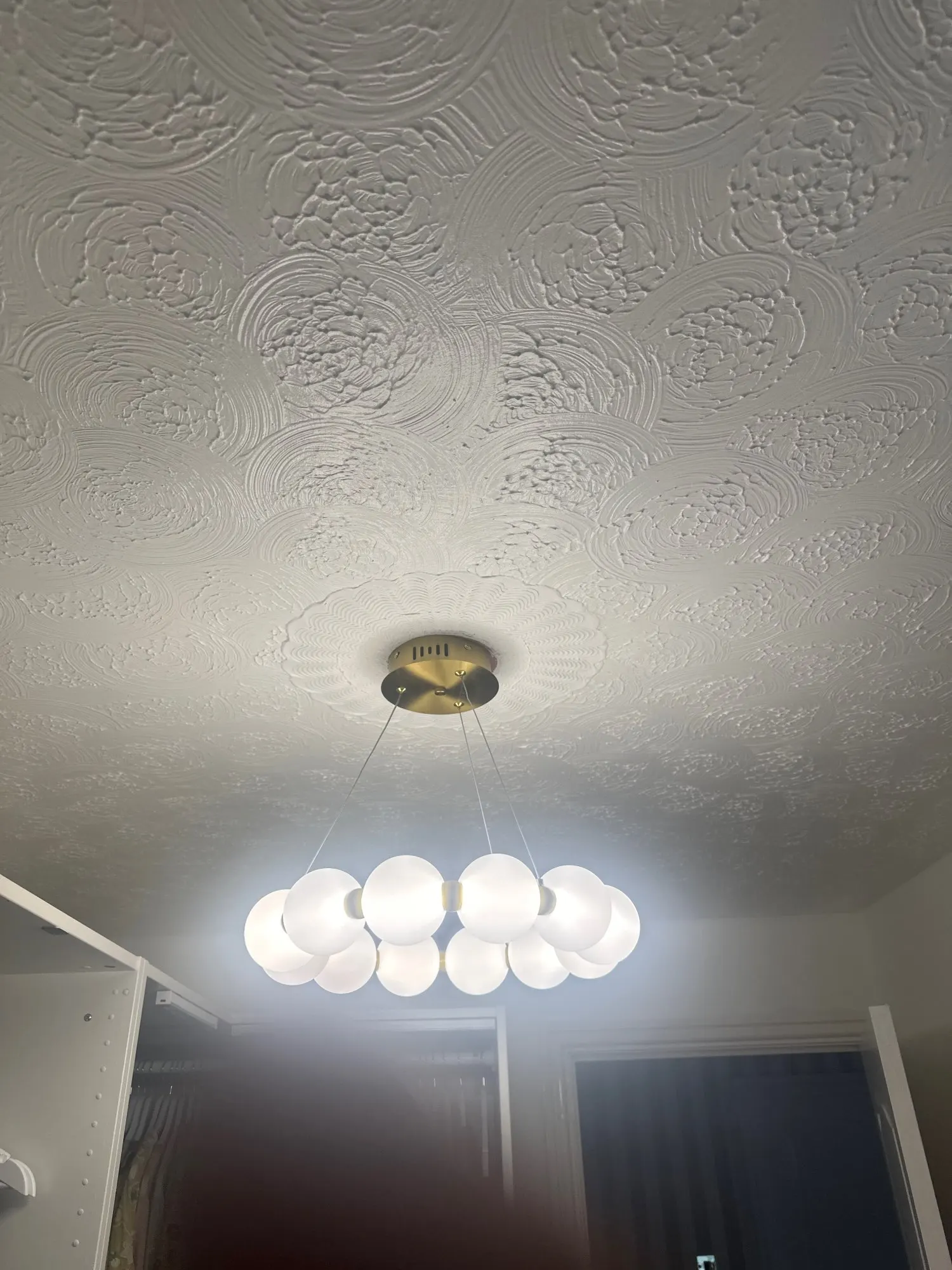When it comes to home comfort, few things can rival the humble ceiling fan. A true classic, ceiling fans have been providing relief from sweltering summers and enhancing the aesthetics of our living spaces for decades. Often overlooked in favor of air conditioning units, these silent heroes deserve a spotlight for their countless benefits. Today, we delve into the world of ceiling fans, exploring their history, functionality, energy efficiency, and style - all the reasons why they remain an indispensable addition to any home.
1. A Brief History of Ceiling Fans:
Ceiling fans have a rich history that dates back to ancient civilizations. From primitive hand fans to manually operated belt-driven fans, the concept of moving air for comfort has been around for centuries. The invention of the electric ceiling fan in the late 19th century revolutionized the way we cool our homes, making them more accessible and convenient than ever before.
2. The Science Behind Comfort:
Ceiling fans work on a simple principle: creating a cooling breeze through air circulation. As the fan blades rotate, they create a downdraft that helps evaporate moisture from our skin, making us feel cooler. By circulating air effectively, ceiling fans can make a room feel up to 8 degrees Fahrenheit (4 degrees Celsius) cooler, allowing us to reduce our reliance on air conditioning and save energy.
3. Energy Efficiency and Cost Savings:
Compared to air conditioning units, ceiling fans are extremely energy-efficient. They consume significantly less electricity while providing a similar cooling effect. By using ceiling fans strategically, you can set your thermostat a few degrees higher and still enjoy a comfortable environment. This energy-saving potential translates into reduced utility bills and a smaller carbon footprint.
4. Year-Round Comfort:
Ceiling fans are not limited to summer use alone. Many modern ceiling fans come equipped with a reverse switch, allowing them to operate in the opposite direction during colder months. By running the fan in reverse, the warm air that rises to the ceiling is pushed back down, evenly distributing heat and improving overall heating efficiency.
5. Style and Aesthetics:
Beyond their functionality, ceiling fans have become an integral part of interior design. Available in a wide range of styles, sizes, and finishes, they can complement any decor theme. Whether you prefer a sleek and modern look or a more traditional and rustic charm, you can find a ceiling fan that perfectly suits your taste and enhances the visual appeal of your space.
6. Quiet and Eco-Friendly Operation:
Unlike air conditioning units that emit a constant hum, ceiling fans operate almost silently, providing a peaceful environment for relaxation or sleep. Furthermore, ceiling fans do not rely on refrigerants or emit harmful greenhouse gases, making them an eco-friendly cooling alternative.
7. Installation and Maintenance:
Installing a ceiling fan is a relatively straightforward process, and many homeowners can tackle it as a DIY project. However, for safety and optimal performance, it's recommended to consult a professional electrician. Maintenance is minimal, typically involving periodic cleaning of the blades and ensuring the motor is well lubricated.
In a world of ever-advancing technology, the beauty of ceiling fans lies in their simplicity. They offer a cost-effective, energy-efficient, and aesthetically pleasing solution to keep our homes comfortable year-round. So, whether you're looking to beat the summer heat, reduce your energy consumption, or add a touch of elegance to your living space, a ceiling fan is a timeless choice that never goes out of style.






Share:
The Timeless Elegance of Chandeliers: A Symbol of Glamour and Sophistication
Illuminating the Way: Lighting for All Purposes